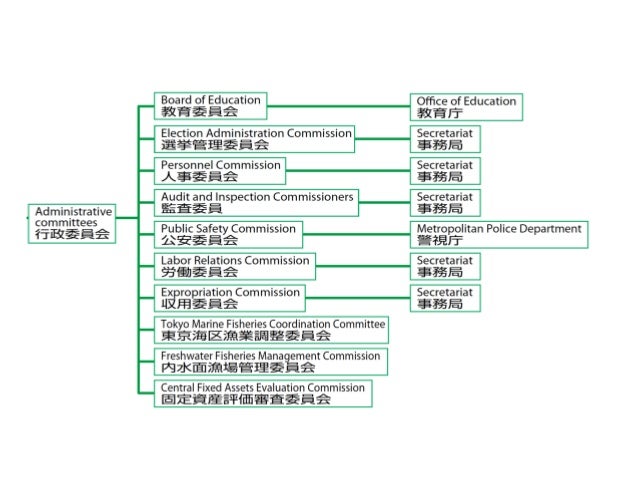

Most importantly, the article/new model provides scholars, practitioners, and students with a new trans-disciplinary framework to utilize in their own empirically-based studies of city-regions. Detailed changes in land use are presented here with series of maps prepared especially for the study. By drawing upon the central themes of these sometimes competing perspectives, this new model shows how a combination of State, Market, Societal, and Geospatial factors uniquely shape economic and spatial outcomes in the world's city-regions. A unique comparative study based on funded research, of eleven city regions across three continents looking at changes over the last 30 years.

In the spirit of this, this article introduces The City as the Nexus Model, a new perspective for analyzing urban and regional development tra-jectories, which incorporates the ideas of Agglomeration, Urban Regime, World/Global City, and Nested City Theories, among others. As a result, a thorough understanding of urban development outcomes requires a trans-disciplinary, integrated approach that draws upon multiple, even sometimes competing, scholarly paradigms. A city in a region, and a region in a country. It seeks at once to define the question of global city-regions and to describe the internal and external dynamics that shape them it proposes a theorization of global city-regions based on. Cities serve as nexus, they connect and are shaped by politico-governmental (State), market-economic (Market), civil-societal (Societal), and geographic-natural (Geo-spatial) activities and/or events occurring at all spatial tiers. But, as elsewhere in Europe, this metropolitan success story is coming at a high price.


 0 kommentar(er)
0 kommentar(er)
